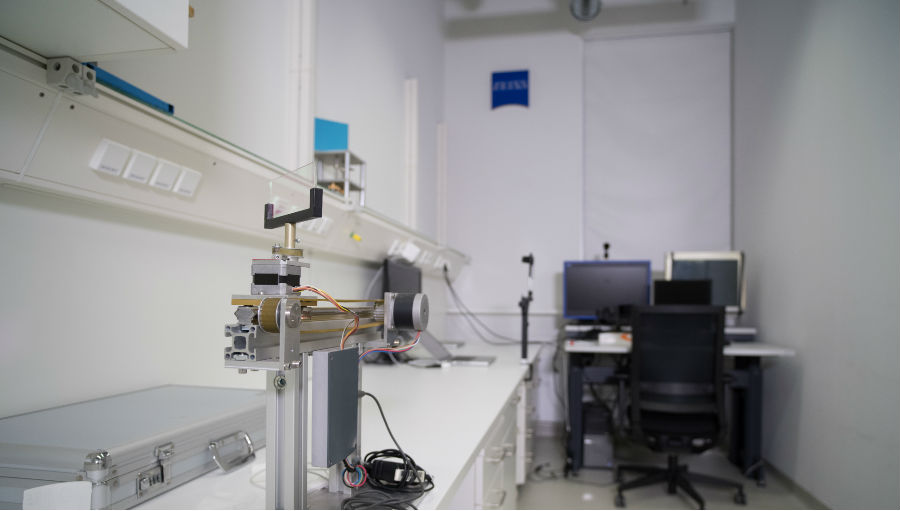Join a powerful, unprecedented alliance for better eye health for all.
Join IAPB-
Choose an alternate language here

The Ophthalmic Research Institute within the University is one of the biggest basic research institute in ophthalmology in Europe. As part of the institute the ZEISS Vision Science Lab is a leading group for vision research and conducts rigorous research in order to spearhead the understanding of vision.
One of our major focus fields is myopia. While myopia itself is caused by a mismatch between the axial length of the eye and its optical power and can be easy corrected with spectacles, contact lenses or laser surgery, the fundamental questions, why people develop this error and others not, are not fully understood. Especially in East Asia, where the prevalence has risen dramatically over the last years. Roughly 90% of the students are myopic there, while in Western Countries the prevalence is still around 30 percent (Wolffsohn JS, Flitcroft DI, et al. IMI – Myopia Control Reports Overview and Introduction. Invest Ophthalmol Vis Sci. 2019;60(3):M1-M19. o Rudnicka AR, Kapetanakis VV, et al. Global variations and time trends in the prevalence of childhood myopia, a systematic review and quantitative meta-analysis: Implications for aetiology and earlyprevention. Br J Ophthalmol. 2016;100(7):882–90.).
As more and more younger people are getting myopic, the prevalence of high myopia (<-6D) is set to increase from the current 5% to 15% to 20% in the future (Lin LL, Shih YF, et al. Prevalence of myopia in Taiwanese schoolchildren: 1983 to 2000. Annals, Academy of Medicine, Singapore. 2004;33(1):27–33.). As the elongation of the eye increases the risk of eye diseases, including glaucoma, cataract, and retinal detachment, there is a clear dose-response relationship with increased risks at theses higher levels of myopia. Therefore, there is the need to better understand the mechanisms underlying myopia as well as to establish more effective management of the progression of myopia. In order to reduce the reported social and economic burdens.
In the lab we are working on the research questions: What triggers the onset of myopia? What triggers the progression of myopia? What are the causal mechanisms of myopia? How can we hinder the onset of myopia? How can we properly measure children in very young ages with focus on technical-optical or digital-optical solutions? How can we predict onset and progression, e.g. with artificial intelligence? How can we slow down the progression rate of myopia with optical solutions? And many more.
One can clearly see, the task is too big to do alone. You need partners and we would like to partner with the best. We would therefore like to engage with IAPB and its members in bundling the strength, working together on the same aim. If this is done in a concerted way to gain synergies that definitely will help to cope with the problem and to help primarily the patients.